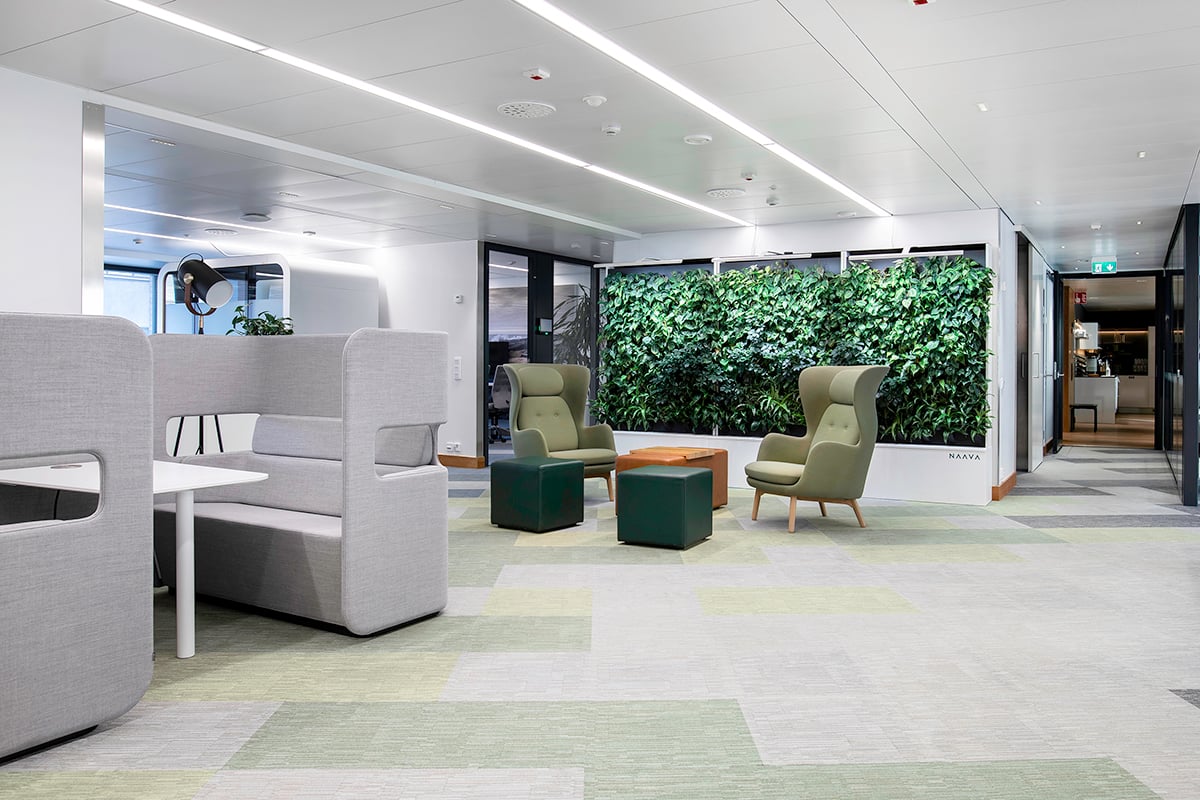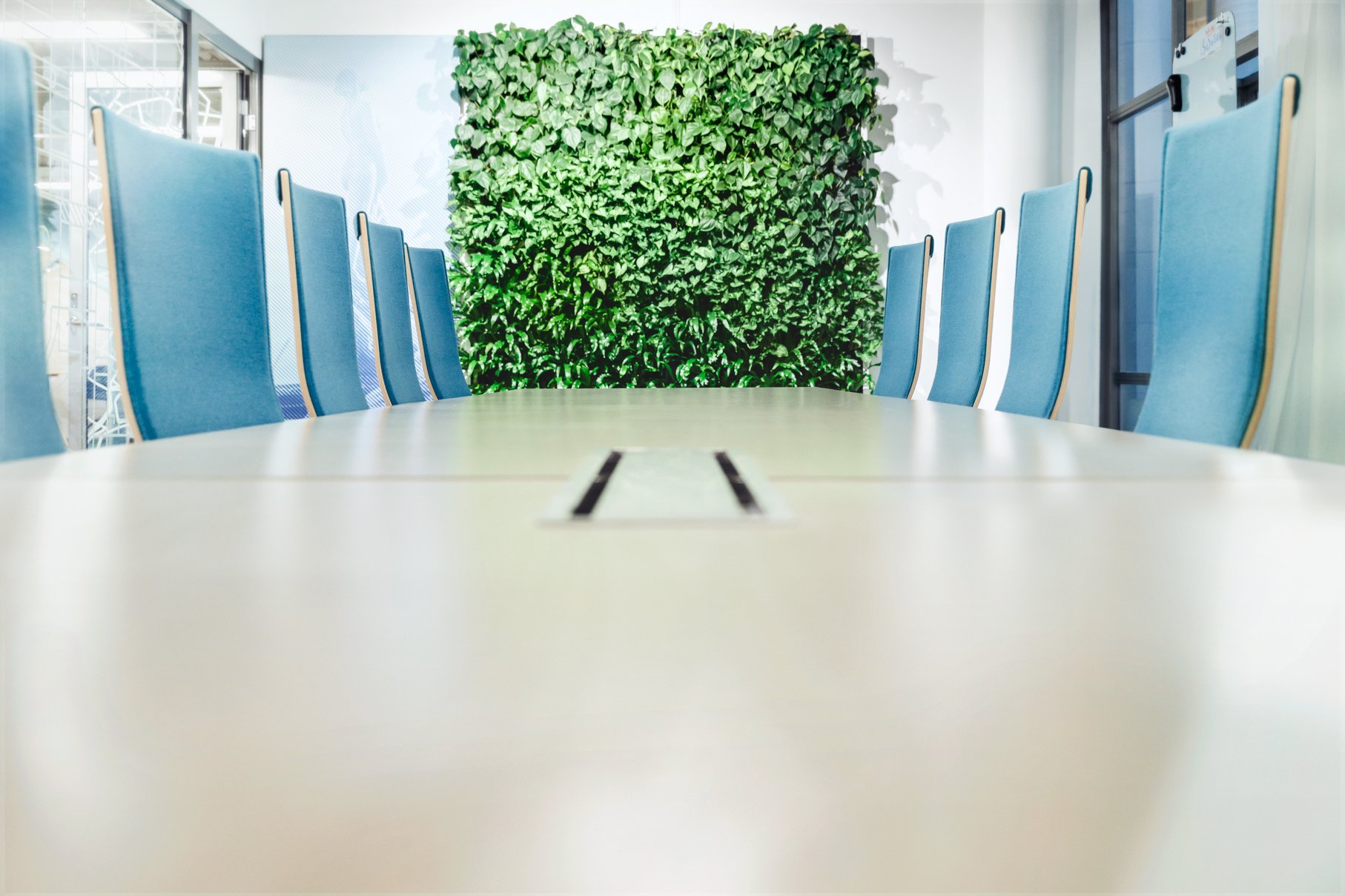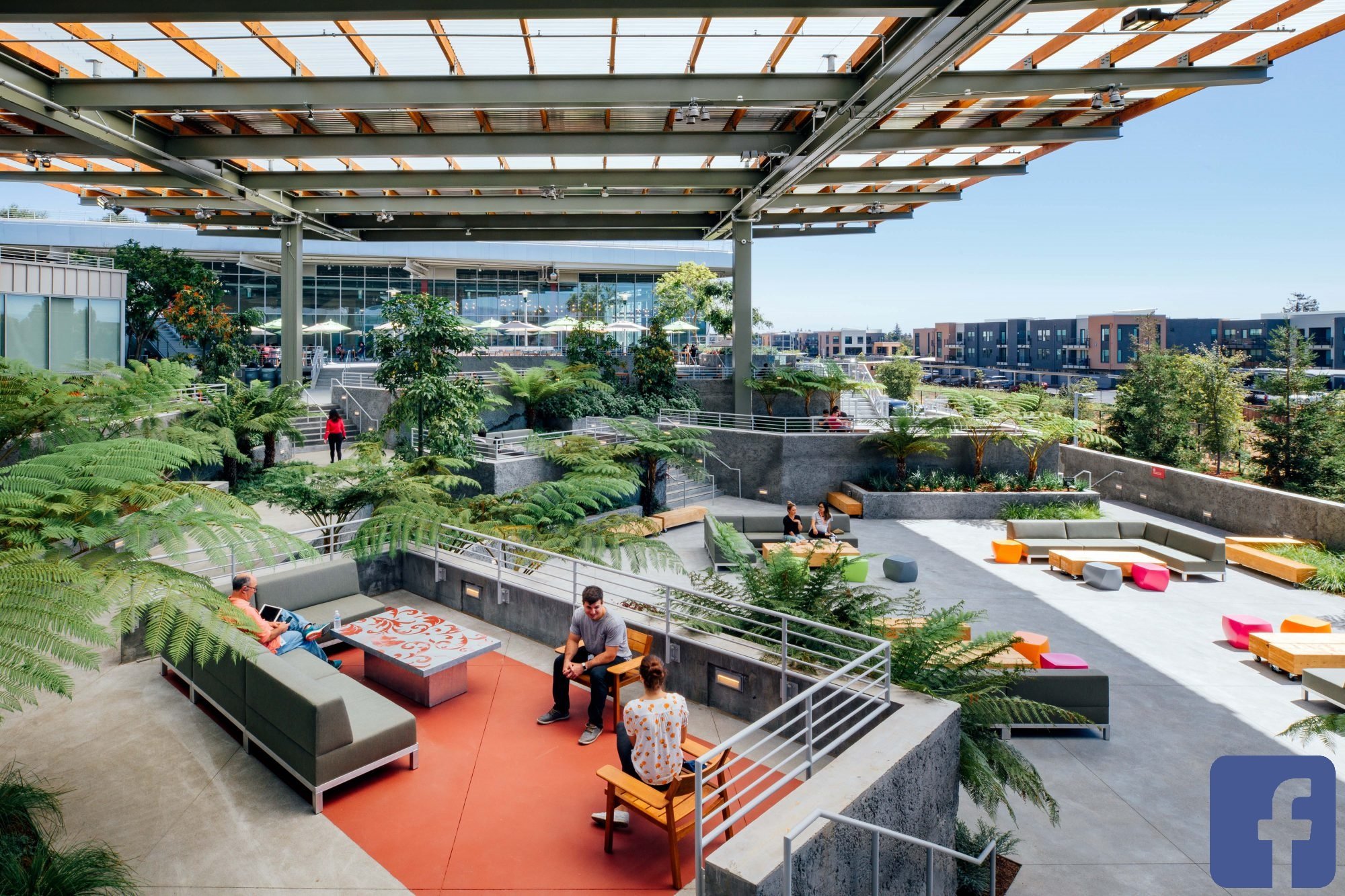Editorial Posted by Naava on September 21, 2021
Re-thinking Offices: The Future of the Office
The world and the way we work have changed - why and how?
Due to the coronavirus pandemic, we have started to pay more attention to the quality of our indoor environments and indoor air. Because of this, offices are also increasingly starting to address central workplace issues such as health, well-being, and flexibility. The pandemic has boosted the push for healthier buildings, with biophilic design having become a hot topic within the building and design communities. Biophilic design focuses on creating human-friendly environments and bringing the benefits of our outdoor world indoors.
In this article, the focus will be on summarizing recent research, facts, and surveys related to the future of the office in order to discover what the immediate future of the office might look like.
This article is structured as follows:
- • When will office workers go back? Here's what companies are saying
- • Martela Return to Office Survey 2021
- • KONE, Accenture & AWS - Reimagining the office
- • COVID-19 bolsters biophilic (green) design
- • The health benefits of biophilic design and human-friendly spaces
- • Healthier indoor environments with smart Naava green walls

Ford
Back in the spring of 2021, Ford was planning on transitioning to a flexible hybrid work model in July 2021. The flexible hybrid model would let employees stay home for focused work and come into the office for activities that require teamwork.
However, due to the worsening spread of COVID-19, Ford has delayed its plans of bringing employees back to the office. According to Ford, the return has currently been postponed to March 2022.
Take a look at Ford’s plans for the biophilic redesign of its Dearborn Corporate Campus
Wells Fargo
At Wells Fargo, employees working from home were originally expected to return to the office starting November 1st, 2021. However, due to the rising cases of COVID-19, this return has been delayed, this time indefinitely.
About 200,000 Wells Fargo employees have been working from home during the pandemic. In September 2021, the financial services company was strongly encouraging its employees to get vaccinated against COVID-19 but there was no mandate for them to do so. In early 2022, Wells Fargo is requiring its staff to register their vaccination status, with unvaccinated employees having to submit to regular testing.
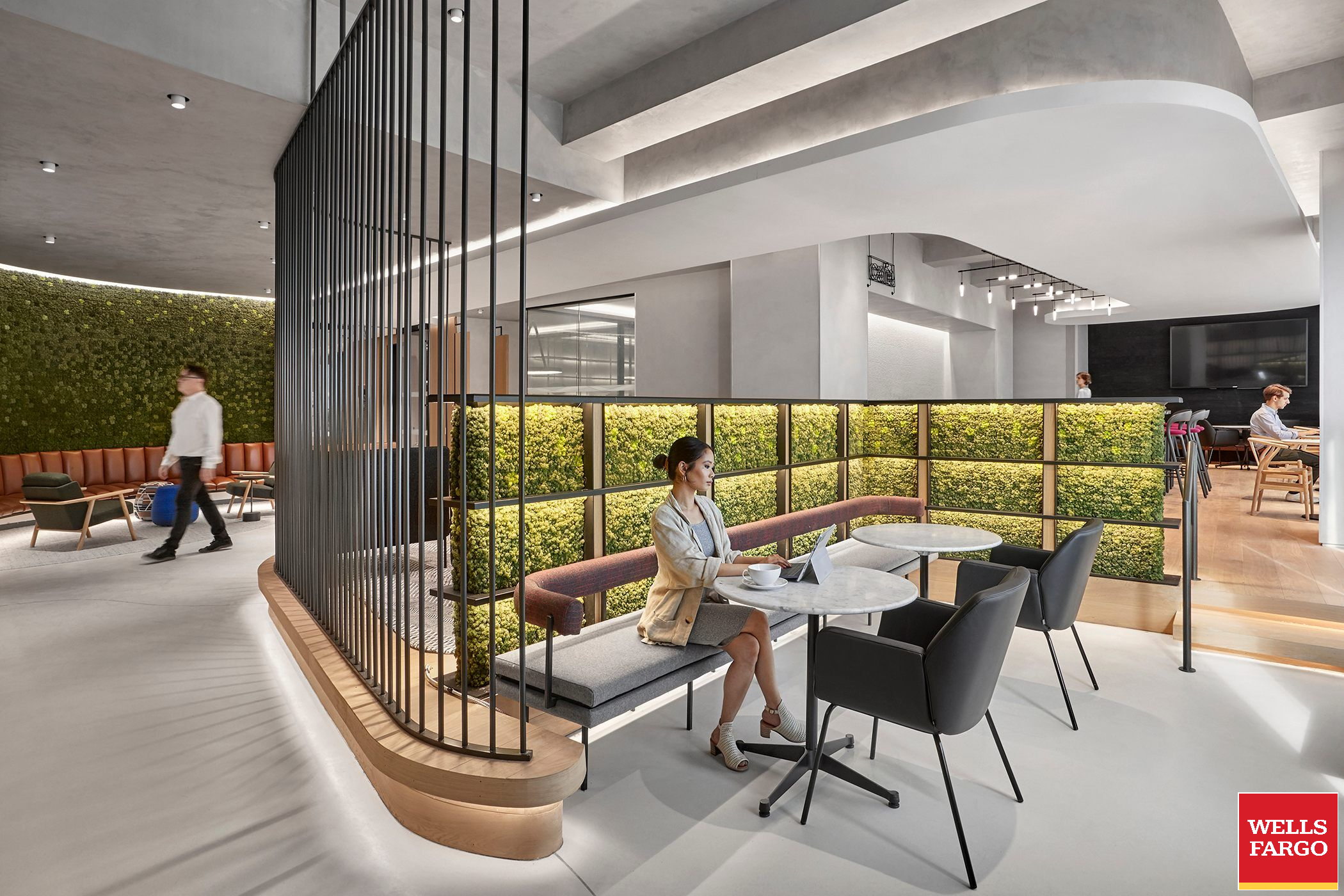 Click the image above to see more pictures of Wells Fargo's biophilic Manhattan Headquarters
Click the image above to see more pictures of Wells Fargo's biophilic Manhattan Headquarters
PWC
The big four consulting firm PwC has also postponed the return of its (US) employees several times. In October 2021, PwC became the first of the big accounting firms to allow its client services staff — some 40,000 employees — to work remotely permanently.
In August 2021, PwC conducted a US Pulse Survey on the future of work. The survey was sent to US executives, leaders, and directors. Additionally, full-time and part-time US-based employees were polled. When asked about remote work, nearly half of the employees said they wanted to work remotely at least three days a week after the pandemic. Many were even ready to look for a new job if remote work was no longer an option.
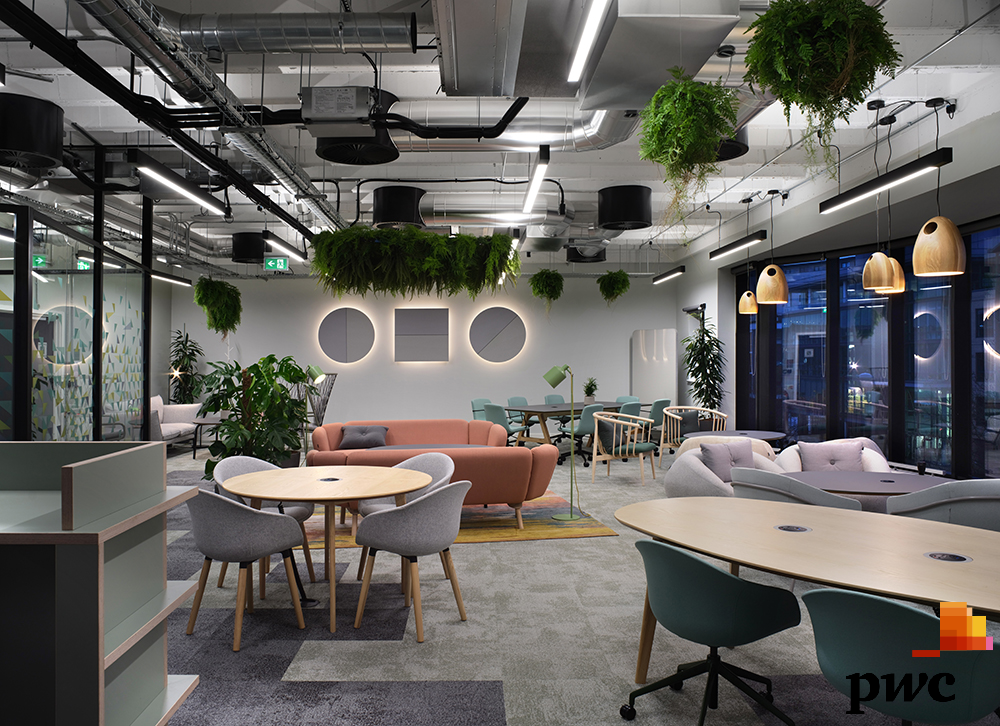
PwC has also designed a biophilic office for its employees. Click the image to discover more!
Google
Google has also made the decision to postpone a full return to the office further into 2022. When a reopening date has been decided upon, Google employees are promised a “30-days heads-up” which will give them time to transition into new working arrangements.
In the United States, Google employees might soon face pay cuts if they choose to work from home full-time, depending on where they live. This means that employees who move out of big cities to the suburbs to work remotely might get paid less in the future. According to a Google spokesperson, the company’s compensation packages have always been location bound with salaries differing from city to city and state to state.
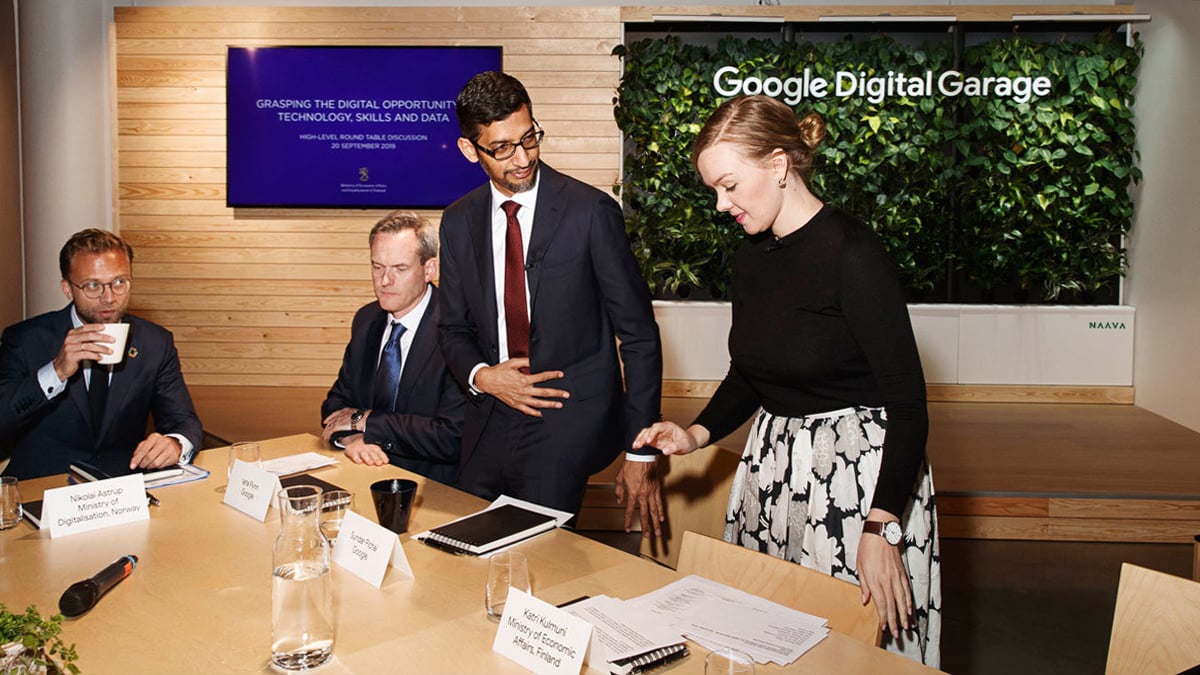
Apple
Similar to Google, Apple also postponed the return of its employees. Currently, the return date has been pushed back indefinitely, with corporate employees having received $1,000 for home office supplies. According to statements by Apple CEO Tim Cook, after the pandemic has been suppressed, most employees will be asked to come into the office on Mondays, Tuesdays, and Thursdays, with the option to work remotely on Wednesdays and Fridays.
In April 2017, Apple’s new corporate headquarters was opened to employees in Cupertino, CA. Designed around Steve Jobs’ vision of creating an office within a nature refuge, roughly 80% of the site consists of green spaces. Take a look at the biophilic masterpiece in the video below.
Martela Return to Office Survey 2021
How are organizations planning to return to their offices? Martela Plc., one of the leading office furniture companies in the Nordics, researched this in 2021 in order to understand how workplaces are preparing for the office return.
The following two graphs show some of the survey results and indicate that office spaces are bound to change and become more flexible and that most organizations would give their employees either 2 or 3 remote workdays per week.
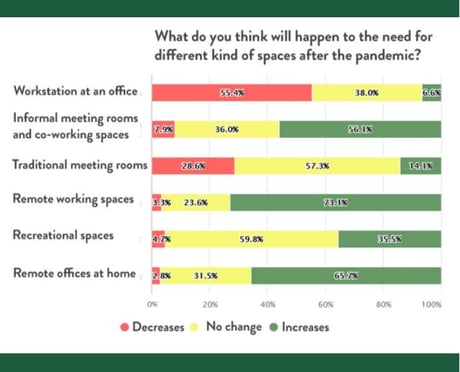
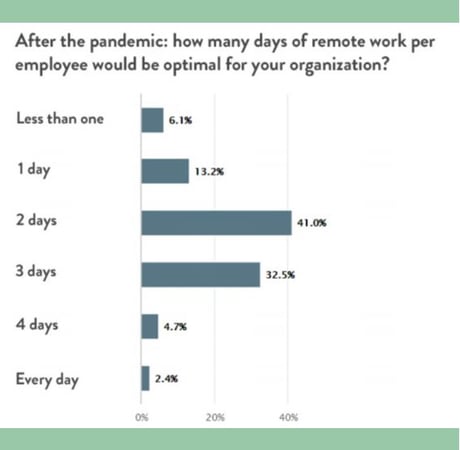 For more survey results, please see the full report (in Finnish)
For more survey results, please see the full report (in Finnish)KONE, Accenture & Amazon Web Services -
Reimagining the Office
KONE, the world’s leading people flow company, worked together with Accenture & Amazon Web Services to "Reimagine the Office". In their report, they summarized their vision of what they are expecting the office of the future to look like into four key themes:
- Elevating user experience with a new level of personalization, comfort, and convenience, enabling a sense of flow in users and guiding focus to what matters – be it a need to socialize, innovate, or focus.
- Offering office space adaptability through comprehensive transparency and flexible infrastructure, making the space future proof by allowing it to continuously renew itself, add to it, and to suit new needs.
- Changing the mindset to innovation, new business models and an extended ecosystem, redefining the office as a service platform – allowing for a continuous flow of new services, innovations or opportunities for new revenue streams.
- Assisting users toward better decisions, and making sustainability visible every day by proving that the building promotes health & sustainability with real-time metrics.
Naava: Re-entering Offices - How to Create Health-promoting Working Environments
Similar results were emphasized by us in July 2020, when the way we work had already started to change remarkably. In our article, we identified two central methods by which organizations can build healthier working environments in the future.
1. Support your employees’ individual needs by having flexible working conditions
Create an atmosphere that encourages employees to work from home or at the office, wherever they feel most comfortable and at their best. Provide them with tools that allow it in practice and the social and mental support for it.
2. Create a health-promoting working environment
Improve the air quality in the office by making sure the ventilation system works properly and the relative humidity is at 40–60 %, and by using low-emitting furniture and materials. Make sure the office layout promotes social distancing while still allowing for interactions, providing safe spaces, and incorporating biophilic design.
COVID-19 Bolsters Biophilic (Green) Design
Progressively more companies are embracing biophilic design - the concept of bringing the health benefits of the outdoors inside. Buildings are adapting to the changes in the working culture with e.g. more outdoor working spaces like terraces being incorporated into office buildings. In the future, work will no longer take place at an employee’s desk alone, but will become inherently more flexible and mobile.
View & Future Workplace Study: The Global Impact of Biophilic Design in the Workplace
In View's workplace study, 1,601 professionals working in corporate office environments were surveyed. According to the results, air quality, biophilic elements, and flexible working conditions were among the top five wellness factors valued by employees. Similar results have been discovered by Harvard Business Review and Human Spaces.
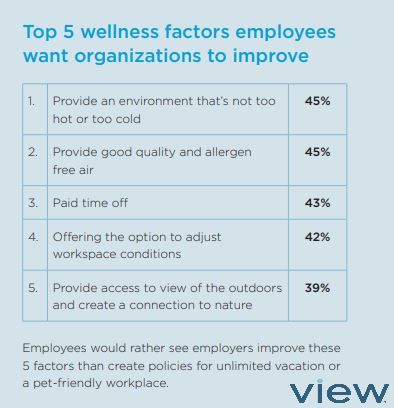
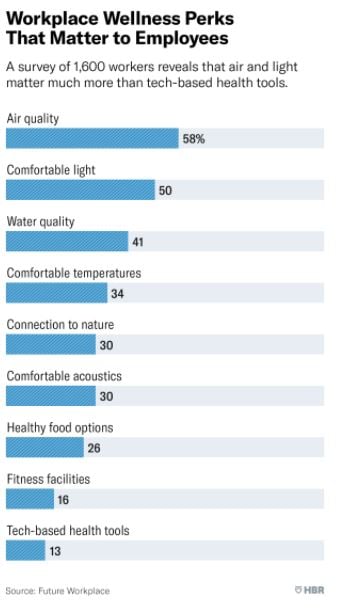
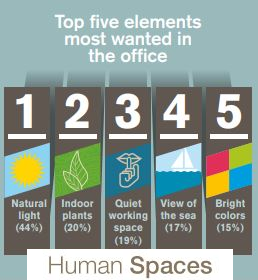
The Health Benefits of Biophilic Design and Human-friendly Spaces
From the point of view of science, it is apparent that having natural elements indoors positively impacts our health and happiness. This is what science says about the benefits of having nature indoors.
Nature indoors:
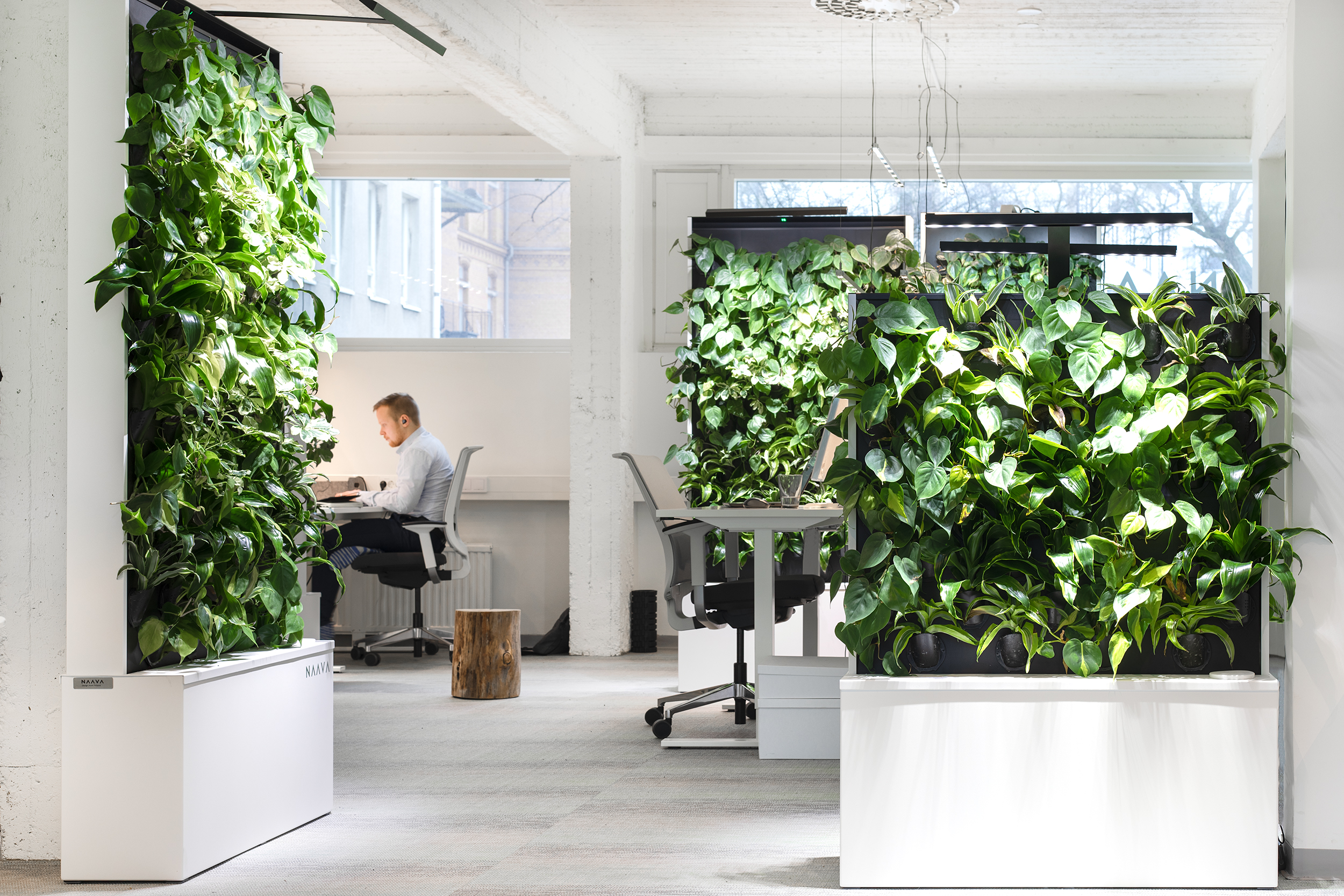
Healthier Indoor Environments With Smart Naava Green Walls
A 2017 case study shows that a room with a Naava green wall makes you happier and less stressed, enabling you to decrease the chance of mistakes by 41% in tasks requiring high cognitive brain performance.
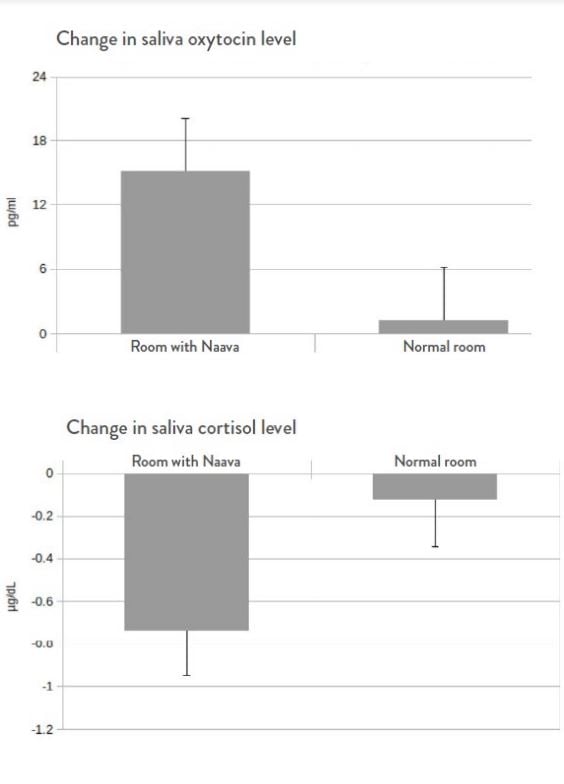
Naava - Inspired and Guided by Nature
Unnatural living and working environments cause unnecessary stress and mental problems. Naava helps you to be healthier, happier, and more energized by offering nature-inspired health solutions and thus creating human-friendly indoor environments. With Naava, everyone can have access to pure, humidified forest air and feel connected to nature.

